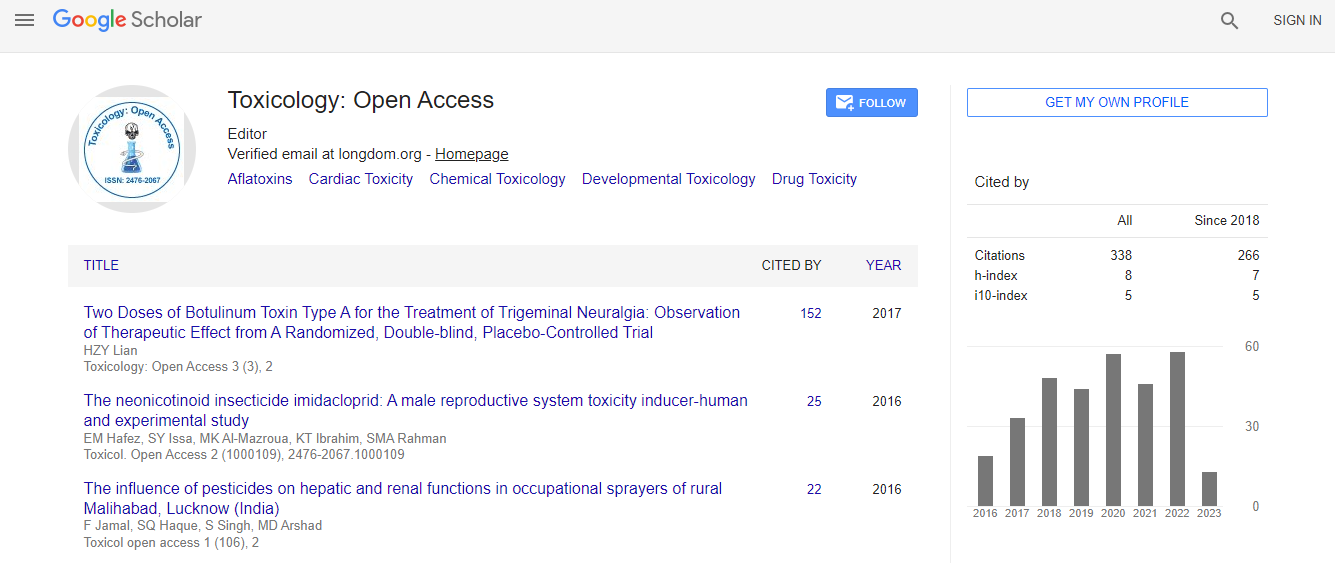Discarded Plastics as an Important Absorbent of Chemicals, Breeding Places of Mosquitoes as Vectors of Diseases and Transferring Environmental Pollutants and Invasive Species Worldwide
*Corresponding Author: Hassan Vatandoost, Department of Medical Entomology and Vector Control, Tehran University of Medical Sciences, Tehran, Iran, Email: vatando@tums.ac.irReceived Date: Feb 08, 2022 / Published Date: Apr 13, 2022
Citation: Vatandoost H (2022) Discarded Plastics as an Important Absorbent of Chemicals, Breeding Places of Mosquitoes as Vectors of Diseases and Transferring Environmental Pollutants and Invasive Species Worldwide. Toxicol Open Access 8:183.DOI: 10.4172/2476-2067.1000188
Copyright: © 2022 Vatandoost H. This is an open-access article distributed under the terms of the Creative Commons Attribution License, which permits unrestricted use, distribution, and reproduction in any medium, provided the original author and source are credited.
Abstract
Introduction: Plastics are now the most widely used man-made substances and have become omnipresent in every aspect of our lives. From medical supplies and water bottles to food packaging, clothing, and construction materials. Discarded plastics play important role as breeding places for mosquitoes as vectors of different disease such malaria, dengue, West Nile virus, chikungunya, yellow fever, filariasis, tularemia, dirofilariasis, Japanese encephalitis, Saint Louis encephalitis, Western equine encephalitis, Eastern equine encephalitis, Venezuelan equine encephalitis, Ross River fever, Barmah Forest fever, La Crosse encephalitis, and Zika fever, as well as newly detected Keystone virus and Rift Valley fever.
Aim: In addition the Food and Agriculture (FAO) and World Health Organization (WHO) recommended several chemicals for control of pests in agriculture, horticulture, veterinary, stored product pests, and public health pests and vectors.
Methods: All the documents related to the subject were collected from international journals and internet.
Results: The discarded plastics absorb these chemicals and transfer in to different parts of world. One pre-production plastic pellet can have up to 1 million times higher concentration of pesticides than an equal volume of seawater. The discarded plastics which absorb pesticides can act as breeding places of mosquitoes and may cause insecticide resistance in the vectors.
Travelling the discarded plastics from one region to another region of the world through the seas, oceans and rivers may transport unwanted and harmful creature through the world. Plastic is persistent and plastic doesn’t biodegrade. No bacteria exists which can digest plastic polymers.
Conclusion: Management on appropriate use of plastics and education to the people around the word about side effects of these materials will help for the safety and health of people in the world.

 Spanish
Spanish  Chinese
Chinese  Russian
Russian  German
German  French
French  Japanese
Japanese  Portuguese
Portuguese  Hindi
Hindi 